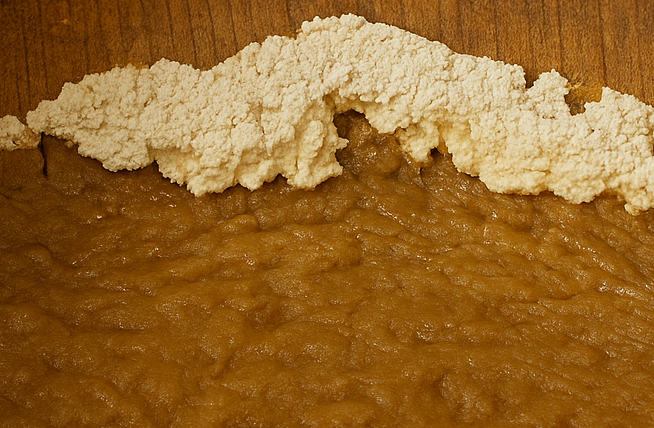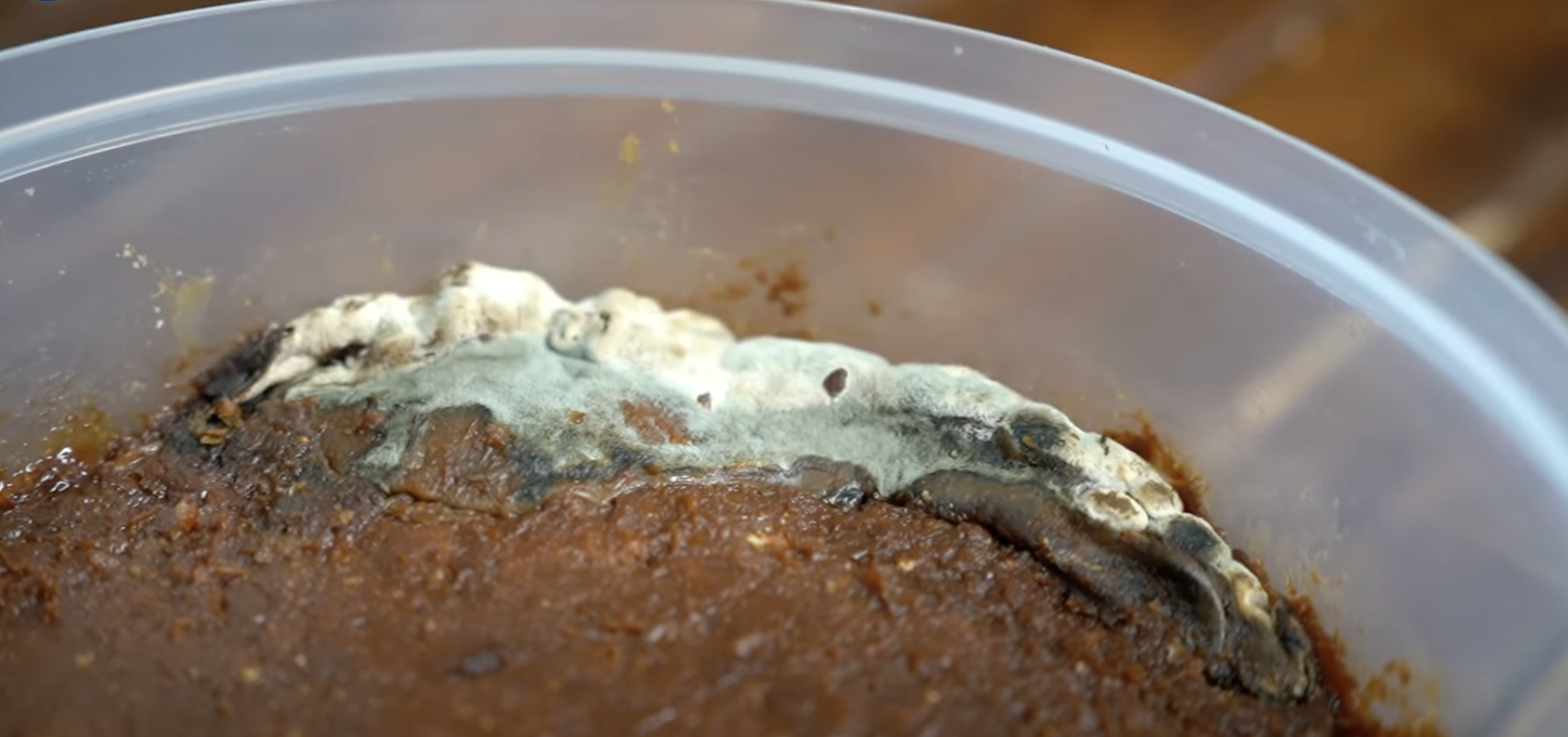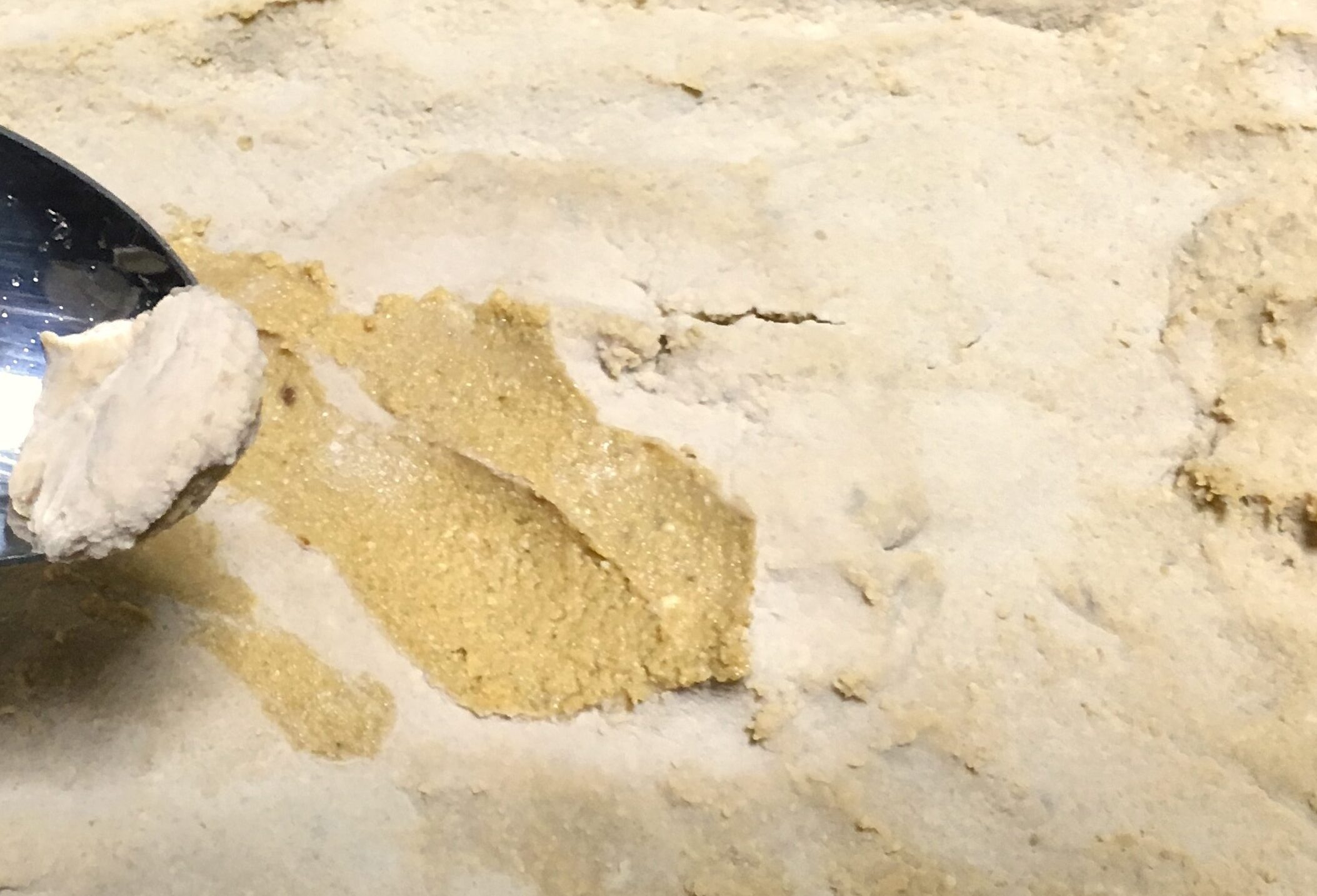When making fermented foods, you may suddenly notice a white film, black spots, or fuzzy green growth on the surface. “Is this mold? Is it safe to eat? Should I throw everything away?” These are common concerns that many home fermenters face.
The truth is, there are both edible and dangerous molds that can grow on fermented foods. While beneficial molds enhance flavor and nutritional value, harmful molds can pose serious health risks.
In this article, we’ll explore the different types of molds that appear on fermented foods like miso, nukadoko (rice bran pickling beds), and cheese. You’ll learn how to identify them scientifically and what to do when you encounter them.
Mold is a Type of Microorganism
Mold belongs to a group of microorganisms called fungi. Fermented foods can harbor both beneficial molds (like koji mold) and harmful molds (that produce toxins).
Understanding Mold Basics
To properly identify mold, it’s essential to understand its basic characteristics.
What is Mold?
Mold is a type of fungus that reproduces through spores. These spores float through the air and begin to multiply when they land on food.
Key Characteristics of Mold
- Reproduces via spores: Invisible spores float through the air
- Extends hyphae: Thread-like structures (hyphae) penetrate deep into food
- Has color: Appears in various colors including white, green, black, and blue
- Thrives in moisture: Grows rapidly in humid environments
Mold’s Relationship with Fermented Foods
Fermented foods can host both beneficial molds and harmful molds.
| Mold Type | Representative Species | Fermented Food | Safety |
|---|---|---|---|
| Beneficial Mold | Koji mold (Aspergillus oryzae) | Miso, soy sauce, sake | Safe |
| Beneficial Mold | White mold (Penicillium camemberti) | Camembert cheese | Safe |
| Beneficial Mold | Blue mold (Penicillium roqueforti) | Blue cheese | Safe |
| Harmful Mold | Black mold (Aspergillus niger) | Spoiled food | Dangerous |
| Harmful Mold | Green mold (some Penicillium species) | Spoiled food | Dangerous |
Identifying Mold and Yeast by Color
White films and green growths on fermented foods can be difficult to identify by appearance alone. Here’s how to distinguish them by color and texture.
White Film (Kahm Yeast)
Characteristics
- Thin film-like layer on the surface
- Not fuzzy, smooth texture
- Smells like fermentation
- White or pale cream color

Identity
This is kahm yeast (also called film-forming yeast), belonging to genera like Pichia or Candida. It’s yeast, not mold.
Safety
Kahm yeast is harmless. However, it can affect flavor, so removal is recommended.
What to Do
- Remove the top layer (about 0.5-1 inch)
- The rest is safe to eat
- Store at lower temperatures (move to refrigerator)
Distinguishing Kahm Yeast from White Mold
Kahm Yeast: Thin film on the surface, not fuzzy. Smells like fermentation.
White Mold: Fuzzy, cotton-like texture. Often represents early-stage mold growth before spore formation. May turn green or black over time.
White Fuzzy Growth (White Mold)
Characteristics
- Fuzzy, cotton-like texture
- Raised growth on the surface
- May turn green or black over time
Identity
White mold often represents the early stage of mold growth before spore formation. Over time, it may develop green or black spores.
Safety
Caution required. While white mold used in cheese production (Penicillium camemberti) is safe, unintended white mold may be harmful.
What to Do
- For small areas, remove deeply (1-2 inches)
- For widespread growth, discard is recommended
- Act quickly as it may turn green or black
Green Mold
Characteristics
- Bright green color
- Powdery texture
- Spreads rapidly

Identity
Penicillium species. While some are beneficial (blue cheese mold), most are harmful.
Safety
Dangerous. May produce mycotoxins.
What to Do
- For widespread growth, discard is recommended
- For small areas, remove deeply (1-2 inches)
- Hyphae may have penetrated deep into the food
Black Mold
Characteristics
- Black or dark gray color
- Slimy texture
- Unpleasant odor
Identity
Aspergillus niger (black mold) or Cladosporium species.
Safety
Dangerous. High risk of toxin production.
What to Do
- Discard strongly recommended
- Hyphae likely penetrated deep into the food
- Do not consume
Black Mold is Especially Dangerous
Black mold can produce powerful toxins like aflatoxin. Even small amounts can cause serious health problems, so discard any food with black mold.
Pink Mold
Characteristics
- Pink or red color
- Slimy texture
- Common in wet environments
Identity
Serratia marcescens. This is bacteria, not mold.
Safety
Dangerous. Can cause infections.
What to Do
- Discard recommended
- Thoroughly clean and sanitize containers
Handling Mold by Fermented Food Type
Different fermented foods require different approaches to mold management.
Miso
White Film (Kahm Yeast)
- Remove the top layer (0.5-1 inch)
- The rest is safe to eat
White Fuzzy Growth, Green, or Black Mold
- For small areas, remove deeply (1-2 inches)
- For widespread growth, discard is recommended
Nukadoko (Rice Bran Pickling Bed)

White Film (Kahm Yeast)
- Remove the top layer
- Mix thoroughly
- Add salt
White Fuzzy Growth, Green, or Black Mold
- For widespread growth, discard is recommended
- Start a new nukadoko
Cheese
White Mold or Blue Mold (Intentionally Added)
- Safe to eat
- Examples: Camembert cheese, blue cheese
Green or Black Mold (Unintended)
- Hard cheese: Cut away moldy area deeply (1 inch)
- Soft cheese: Discard recommended
Bread
Any Mold
- Discard recommended
- Bread’s soft texture allows hyphae to penetrate deeply
- Removing visible mold is not sufficient
Preventing Mold Growth
The following strategies effectively prevent mold growth.
Temperature Control
Refrigeration (41-50°F / 5-10°C)
Slows mold growth. Store finished fermented foods in the refrigerator.
Minimize Air Exposure
Press plastic wrap directly onto surface
Reducing air contact prevents mold spores from settling.
Maintain Salt Concentration
Appropriate salt concentration (10-13%)
Higher salt levels inhibit mold growth. Maintaining proper salt concentration is crucial for nukadoko and miso.
Clean Environment
Sanitize containers
Sterilize with boiling water or alcohol before use.
Clean hands
Wash hands thoroughly before handling fermented foods.
Regular Monitoring
Check weekly
Regularly inspect fermented foods for mold growth.
| Prevention Method | Effect | Application |
|---|---|---|
| Refrigeration | Slows mold growth | Miso, nukadoko, cheese |
| Press wrap onto surface | Reduces air contact | Miso, nukadoko |
| Maintain salt concentration | Inhibits mold growth | Nukadoko, miso, kimchi |
| Sanitize containers | Prevents contamination | All fermented foods |
| Regular monitoring | Early detection and response | All fermented foods |
Summary
Mold on fermented foods can be identified by color and texture. White films (kahm yeast) are harmless, but white fuzzy growth (white mold) and green or black molds are dangerous. When you encounter mold, check its color and texture, then take appropriate action.
Key Takeaways
- White films are harmless: Kahm yeast can be removed and the rest consumed
- White fuzzy growth requires caution: May be early-stage mold that can turn green or black
- Green and black molds are dangerous: May produce toxins; discard recommended
- Cheese molds are exceptions: Intentionally added molds are safe
- Discard moldy bread: Hyphae penetrate deeply into soft bread
- Prevention is key: Temperature control, minimize air exposure, maintain cleanliness
References
- Koizumi, T. (2018). Fermentation. Chuko Shinsho.
- Ishikawa, S. (2020). The Science of Fermentation. Kodansha Blue Backs.
- Japanese Society of Food Microbiology (2020). Fundamentals of Food Microbiology. Kodansha Scientific.
- Ministry of Health, Labour and Welfare, Japan (2021). “Regulations on Mycotoxins under the Food Sanitation Act.”
- Ministry of Agriculture, Forestry and Fisheries, Japan (2020). “Information on Mold and Mycotoxins.”

